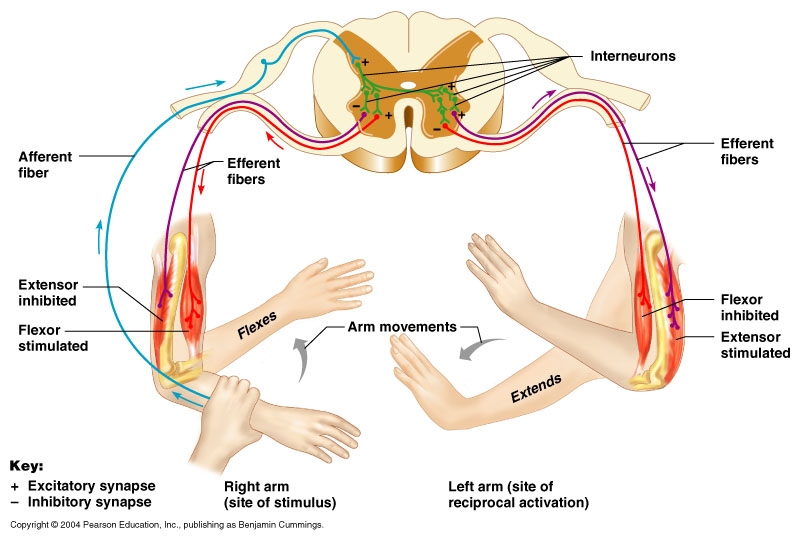Today on rewind Friday, we salute the glutes! This is in conjunction with this weeks POD topics : )
The gluteus maximus controls:
Flexion / Extension: The Sagittal Plane
- the rate and extent of limb flexion at term swing: this is eccentrically controlled
- hip extension: this is concentrically controlled
- hip flexion rate during loading response (eccentric at foot loading): this will help to control the vertical loading response as the body mass loads the limb there must be enough eccentric strength of the glute maximus to control-stop this loading so that hip extension can occur. This will indirectly assist in control some of knee flexion.
Rotation:
- external rotation of the limb: this is concentrically controlled
- assists in controlling the rate of internal rotation: this is eccentrically controlled
Pelvic Posturing:
- controls rate of Anterior Pelvic Tilt (APT): this is eccentrically controlled (this is relative hip extension as discussed in Part 1 last week)
- assists in Posterior Pelvic Tilt (PPT): this is concentrically driven
- controls sacroiliac joint mobility through FORCE CLOSURE (force closure is a compression of the joint surfaces by the contraction of muscles that cross the joint)
Divisions:
- the sacral division of the gluteus maximus is mostly a pure sagittal plane driver at the hip joint
- the coccygeal division is more of an adductor and internal rotator at the hip joint
- the iliac division is more of an abductor and external rotator at the hip joint
The gluteus maximus also has some fascial attachments into the posterior aspect of the TFL-ITBand. Remember, this TFL-ITB complex is an internal rotator of the limb in the gait cycle. You will recall that internal rotation is a precursor to hip extension. The hip must first, and adequately, internally rotate in the gait cycle before hip extension can occur. This means that for correct and complete gluteus maximus contraction to occur in the second half of the stance phase we must have adequate internal hip rotation. Without it, all of the things we talked about last week in our glut maximus blog post cannot occur properly. Now, back to our attachment disucssion of the gluteus maximus to the ITB-TFL mechanism. This attachment allows the gluteus maximus to produce posterior tension on the ITB-TFL mechanism so that it can be anchored to provide it’s internal rotation function on the limb. So, here we have a powerful hip extensor and external rotator providing assisted effects on an internal rotator of the limb. Isn’t the body a beautiful and amazing thing ! (Well it is. But if you will recall from the detailed layout above that the gluteus maximus in the eccentric phase of contraction functions to control the rate of internal hip rotation you will not be surprised or enlightened. Rather you will enjoy the brilliance of how an anchoring muscle is eccentrically giving up length while an agonist muscle is concentrically taking up length). The gluteus maximus-TFL relationship….. it is beautiful teamwork in helping, not exclusively of course, control limb rotation during loading responses.
Next time you see a client’s knee drift too far inwards during a lunge, or walking or running we hope this whole discussion will spring a light bulb moment for you. You must look at the complex function above in controlling the limb during pronation and supination. Merely inserting an orthotic is not going to fix a proximal deficiency, it could modulate it however. But wouldn’t you want to fix it ? Who wants an orthotic if you don’t need one ? Some people do, don’t get us wrong, but many do not. And then some just need them temporarily to gain the awareness and skill of posturing and function and once that is achieved the device and be weaned.
Just some more functional anatomy talk on a Friday afternoon…….from us, The Gait Guys



































